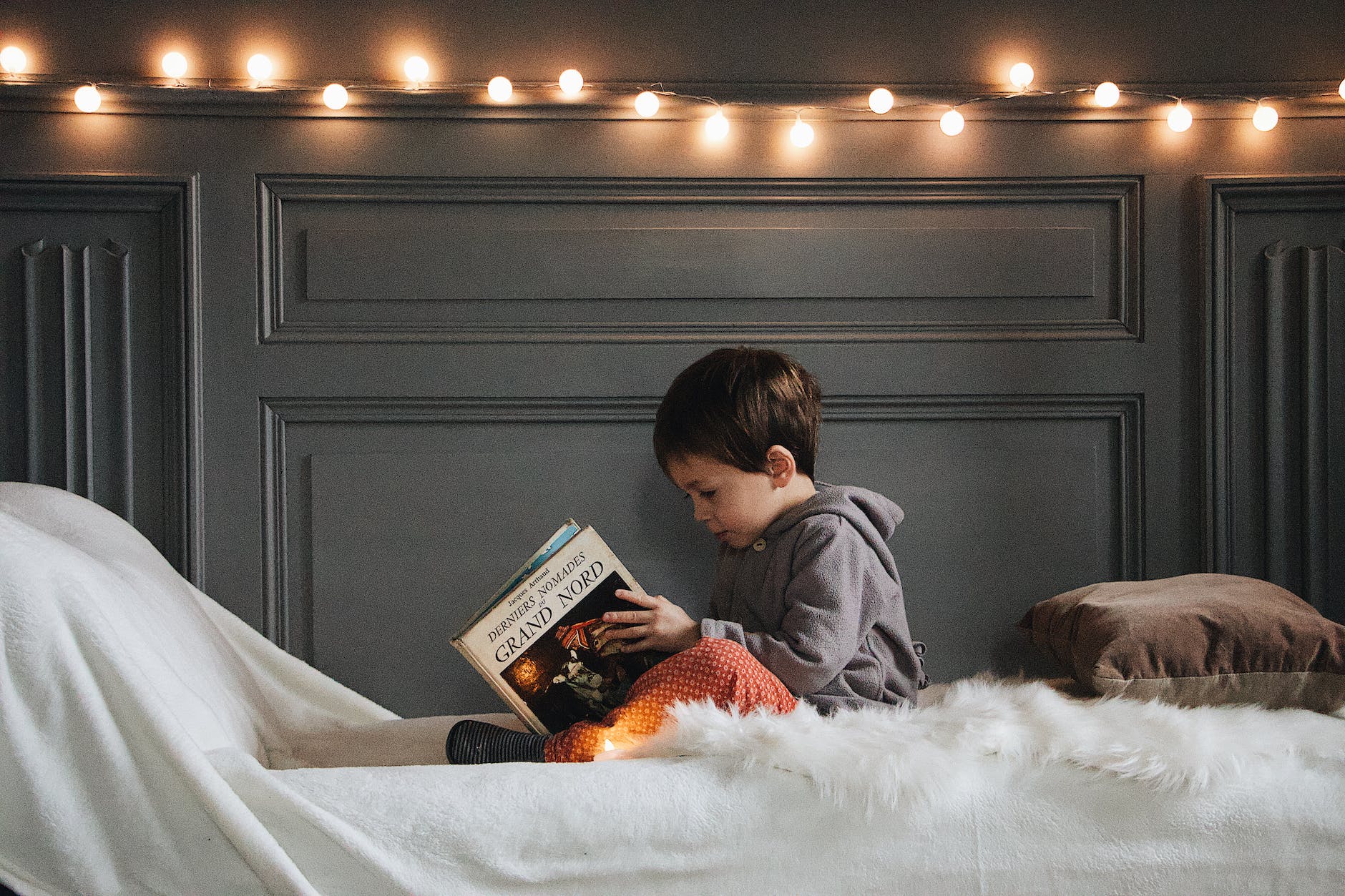Designing a family-friendly home involves creating spaces that cater to the needs and interests of both kids and adults. It’s about finding the perfect balance between functionality, safety, and style. A well-designed family home provides a nurturing environment where everyone can thrive, play, learn, and relax. In this article, we will explore various ideas and strategies for designing spaces that accommodate the different age groups and activities within a household. From playrooms to shared living spaces, we will discuss how to create a harmonious and enjoyable home for the entire family.
- Creating a Welcoming Entryway:
The entryway sets the tone for your family-friendly home. It should be functional and organized, providing designated spaces for everyone to store their belongings. Consider incorporating storage solutions such as hooks, baskets, or cubbies for coats, shoes, and backpacks. This helps keep clutter at bay and ensures easy access when heading out the door.
To make the entryway more inviting, consider adding a bench or seating area where family members can put on or take off their shoes. This can also serve as a cozy spot to read or engage in quick conversations.
- Designing a Multi-Purpose Living Room:
The living room is a central gathering space for the whole family. It should be designed with both kids and adults in mind. Opt for durable and easy-to-clean furniture, such as sofas and chairs in stain-resistant fabrics. Arrange furniture to create distinct areas for different activities, such as conversation, reading, and play.
Introduce storage solutions, like built-in shelves or ottomans with hidden compartments, to keep toys, books, and other items organized. Encourage family members to participate in the organization process, teaching children the importance of tidiness and responsibility.
Incorporate child-friendly elements such as soft rugs or play mats, and have a designated area for toys and games. Consider using furniture that can double as storage, such as a coffee table with built-in drawers or a media console with ample shelving for video games and DVDs.
- Designing a Functional and Safe Kitchen:
The kitchen is not only a place for cooking and dining but also a space where families come together to bond and create memories. When designing a family-friendly kitchen, safety should be a top priority. Install childproof locks on cabinets and drawers that contain hazardous items. Use stove guards or safety knobs to prevent accidental burns.
Consider adding a designated area within the kitchen for kids to engage in age-appropriate cooking activities. This can include a lower countertop or a kitchen island with stools where they can help prepare meals under adult supervision. Teach them basic cooking skills and foster a love for healthy food.
Incorporate ample storage solutions to keep kitchen essentials organized and easily accessible. Utilize pull-out shelves and adjustable cabinet dividers to accommodate different-sized items.
- Creating a Playful and Educational Space:
Dedicate a specific area of your home to serve as a playroom or a creative space for children. This allows them to express their imagination and engage in activities that promote learning and development. Consider adding a chalkboard wall, a reading nook with comfortable seating, and open shelves or bins for storing toys and art supplies.
Include age-appropriate educational materials, such as books, puzzles, and board games, to encourage learning and cognitive development. Arrange furniture and play areas in a way that maximizes space and encourages movement and exploration.
Conclusion:
Designing a family-friendly home requires careful consideration of the needs and interests of all family members. By creating welcoming entryways, designing multi-purpose living rooms, ensuring functional and safe kitchens, and dedicating spaces for play and education, you can create a harmonious environment where
both kids and adults can thrive. A well-designed family home fosters bonding, learning, and relaxation, providing a nurturing space for every member of the household. Embrace the opportunity to design a home that supports and enhances the experiences of your entire family.
